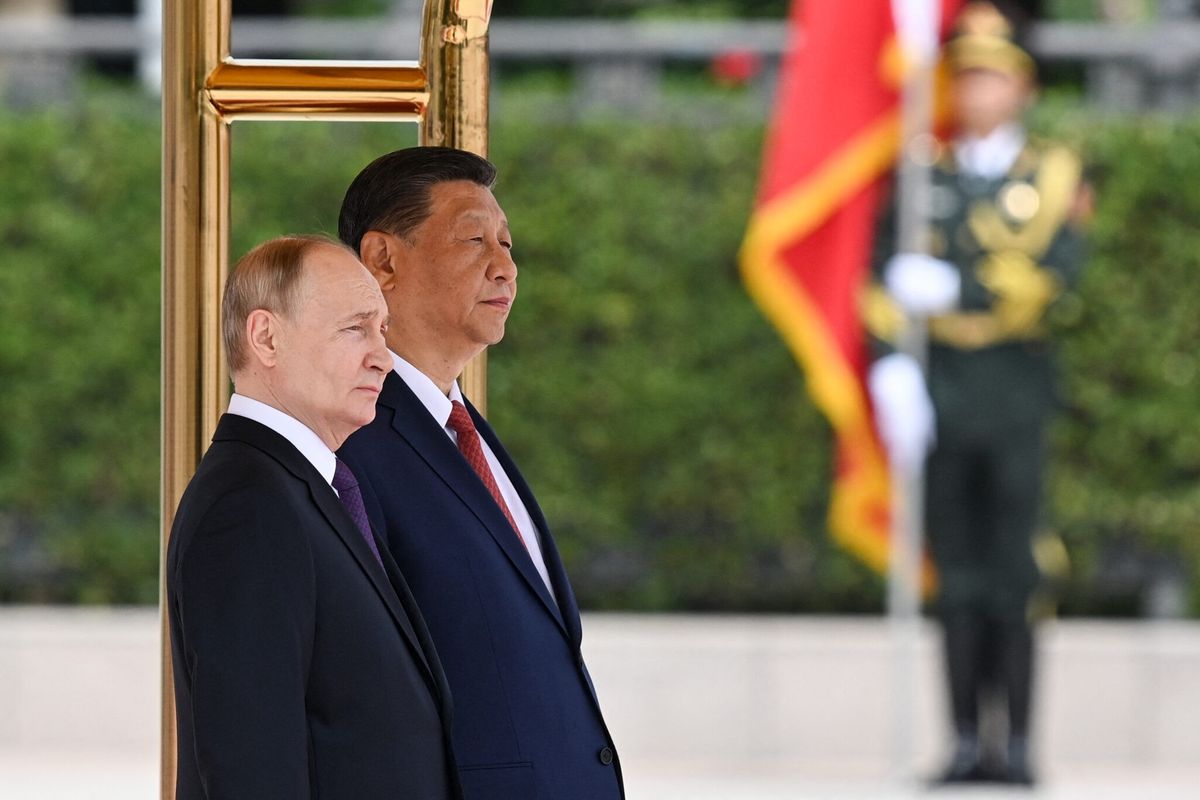In the late 1990s, the United States returned to the idea of building a system that could defend the homeland from long-range missiles launched by North Korea, Iran, or any other adversary. The Ground-based Midcourse Defense (GMD) program has been under development for two decades. In that time, the program has cost $40 billion and has yet to destroy a missile under realistic conditions. Nevertheless, military planners assert that the system is up to the task of defending against long-range missile attacks, and they intend to prove just that in a test scheduled to take place in the next several weeks.
The Cipher Brief’s Will Edwards spoke to Michaela Dodge, senior policy analyst at the Heritage Foundation, to understand how the GMD works, its effect on an adversary like North Korea, and the importance of learning from failure in testing an advanced weapon system.
The Cipher Brief: Could you explain what makes the Ground-based Midcourse Defense different from other smaller ballistic missile defense systems?
Michaela Dodge: The GMD is unique in that it is the only system that protects the United States from long-range ballistic missile threats with a large defended area. In fact, it protects all of the United States, and that is a significant advantage over other ballistic missile defenses that are geared towards different types of ballistic missile threats.
TCB: Could you talk a little bit about how the system detects and then intercepts an incoming intercontinental ballistic missile (ICBM)?
It’s a system comprised of sensors, both ground-based and space-based, ballistic missile defense interceptors, and of command and control architecture. What happens when North Korea or other countries launch a long-range ballistic missile is we pick up the footprint, we see it, and we get data from the trajectory while the incoming missile is boosting, and based on that data, we calculate trajectory on where it will be throughout its ballistic missile flight.
We feed the data into the interceptor, and the interceptor gets very close to the path of the incoming missile. Then the kill vehicle on the top of the interceptor positions itself into the path of the incoming missile, and the incoming missile is destroyed by the sheer force of impact. It’s really quite a feat because we’re talking about thousands of kilometers per second, and it really is rocket science. It’s a very impressive system.
TCB: The GMD is a very complicated system and, like any new system, its testing history has been mixed. There is an upcoming test. What are some of the remaining technical hurdles, and what is the new test hope to accomplish?
In the past, we’ve had different challenges with just the interceptors themselves, the hardware. We have different challenges with tracking, we have challenges with target missiles – not the interceptors themselves, but the test target missile that we use. In each of these tests, we seek to validate the system, and we seek to validate the algorithms on which the system operates while making the conditions of the test itself as realistic as possible. I don’t know whether this is still planned, but I think that it’s the first time we’re simulating a long-range ballistic missile intercept. At least, that was the plan when I checked months ago. I don’t know whether the Missile Defense Agency changed it, but if the plan remains the same, this would be the first time we’re actually trying to shoot down a long-range ballistic missile.
There is always a lot of attention on the GMD tests because the system itself is fairly expensive—the interceptors themselves are fairly expensive—and because of a less than 100 percent track record. We tend to think of intercepts as successes, but we sometimes tend to forget that we learn more from failed tests than from successful ones. Now, obviously, it’s better when the system succeeds, but at the same time, it is even better if we structure more rigorous, more realistic tests, and really push the envelope of the system. That way we improve it to the point where it succeeds in real life, even when it fails during tests.
TCB: Turning to the geopolitical aspects of this system, do you think the GMD has a deterrent value against North Korea?
It’s an important element in deterrence in that it potentially denies North Korea objectives it seeks to achieve with its long-range missile and nuclear weapon programs development, so, yes. Will the system on its own prevent North Korea from continuing these programs? No. Is it the only thing that deters North Korea? No. There are many components that go into it, but it’s an important part of deterrence, and it’s an important part of our security in that if deterrence fails, we will have an option to defend ourselves and our homeland. This is the only system that can currently do that.
TCB: In the past, specifically during the Cold War, we developed an idea that missile defense could be destabilizing because it undermines an adversary’s nuclear deterrent. Do you think that’s the case with the GMD and North Korea? Do you think that it could be a destabilizing factor?
Absolutely not. North Korea is an unpredictable regime, a complicated regime intent on threatening U.S. allies, intent on threatening the United States itself. Missile defense is actually stabilizing in that it gives you options other than potentially launching a nuclear attack as you would have under the mutually assured destruction doctrine. I do not see the system as destabilizing vis-à-vis North Korea in any kind of shape or form.
TCB: We’ve touched on how it’s a very expensive system and some people have attacked its testing record, saying it’s an unsuccessful system. Is there anything that you would like to add that would address misunderstandings that people might have?
It’s important to focus not only on whether we intercept it or not, but whether we improve our system through these tests. So that’s a different metric of success rate than just have I intercepted a ballistic missile or not. And I think we sometimes lose sight of the bigger picture while focusing on individual intercepts. The other thing is we just don’t have other options right now. Again, it’s the only system that can protect the United States homeland from long-range ballistic missiles launched from North Korea. At the end of the day, it just comes down to would you rather be vulnerable to a North Korean ballistic missile attack or not? And if your response is no, then you don’t have another option today.
TCB: That makes it very clear cut.
Sometimes we think about it as this very complicated issue. We get into offense-defense dynamics, mutually assured destruction, and credibility, and those are important discussions. But at the end of the day, it comes down to your opponent having the choice, and what are your options to deal with that choice.










